
Andrew Olney/Photodisc/Getty Images
Fabric softeners are widely used to obtain sweet-smelling clothes, towels and bedding that are static-free and smooth. They are a popular alternative to air or line drying, which leaves fabrics stiff and rough. There are two kinds of fabric softeners--liquid and dryer sheets. The liquid fabric softeners are easy to use, but they can make fabrics less flame-retardant and actually speed up the combustion time.
History of Fabric Softeners
The textile industry developed fabric softeners during the early 20th century. Back then, the dyeing of cotton fibers left them feeling rough and hard. In the early 1900s, mixtures known as cotton softeners were developed to improve the feel of these fibers after dyeing. Dryer sheets came along in the 1970s to make laundering and softening clothes a little easier.
Fabric Softener Research and Development

Jupiterimages/Photos.com/Getty Images
The Flammable Fabrics Act of 1953, under the jurisdiction of the Consumer Product Safety Commission, has tested many different textiles under many different conditions. It was discovered that fabric softeners and carbonate-based detergents actually reduce the flame resistance of certain textiles by creating a buildup of chemicals. Dryer sheets, while not as bad as liquid fabric softeners, still react in a similar way with textiles. The difference is that heat rather than water is used to activate the chemicals in a dryer sheet.
Fabric Softener Ingredients
Years ago, fabric softeners were made of water, soap and oils such as tallow, and their purpose was to soften stiff or rough fabric. Now, fabric softeners contain chemicals and additives that get rid of static cling as well. Silicone, oils, water and substances that are called "emulsifiers” are contained in fabric softeners. Later, fragrance and color were added to the fabric softeners. All of these ingredients, while accomplishing the fabric softening goal, act as accelerants to make the textiles more vulnerable to flames.
How Fabric Softeners Work

Jupiterimages/BananaStock/Getty Images
Liquid fabric softeners coat the surface of the textile with a thin layer of lubricant chemicals. That is how fabric softeners make the textile feel smoother and stop static electricity. Fabric softeners are also thought to increase a textile’s stain resistance. It is the separating of the fibers and the coating of the fabric that increases the flammability of textiles. Dryer sheets are safer because they don’t coat the fabric like the liquid fabric softeners. They merely rub off lightly on fabrics, creating a static-free textile.
Fabric Softeners and Specific Fabrics
The larger the surface area of the textile, the greater its flammability potential. Fuzzy cloth, such as flannel, terry cloth or fleece, are more vulnerable to flames when treated with fabric softener. Most vulnerable are cotton flannel, cotton fleece and cotton terry cloth. Materials that are woven, like wool or rayon, have a smaller surface area and are not as vulnerable to flame when treated with fabric softeners. The fuzzy surfaces supply more oxygen than the flatter surfaces, thus creating an ideal climate for flammability. Fabric softeners also build up on fuzzy surfaces, even after washings.
Related Articles
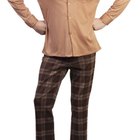
Characteristics of Polyester & Cotton

What Are Fire Resistant Clothes Made Of?

Which Fabrics Are Most Fire Resistant?

How Do Fabric Softeners Work?

What Is the Chemical Composition of ...
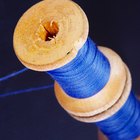
What Is a Synthetic Polyester Fabric?
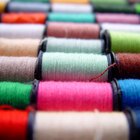
The Disadvantages of Polyester Cotton

The Difference Between Polartec and ...
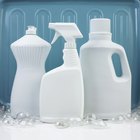
Difference Between Soap & Synthetic ...

Advantages and Disadvantages of ...
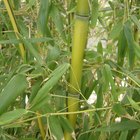
What Is the Durability of Bamboo Fabric?
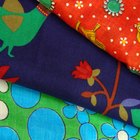
What Is Arnel Vintage Material Fabric?

Properties of Cotton Fabric

What Is the Difference Between Acrylic ...
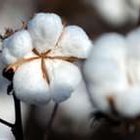
Nomex Vs. Indura Cotton

How to Wash Dupioni Silk
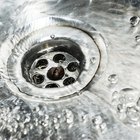
What Are the Benefits of Water ...

How to Make Your Clothes Not Shrink in ...

Natural Vs. Synthetic Clothing

Types of Polyester Fabric
References
Writer Bio
Ilene Black has been a columnist with Community News Service LLC since 2004. She is prolific on the subjects of family life, parenting and being a 50-something wife, mother, daughter, etc. She holds an associate's degree in humanities and social science. Her first published work came about in 1997 because of an essay contest.
Photo Credits
Andrew Olney/Photodisc/Getty Images